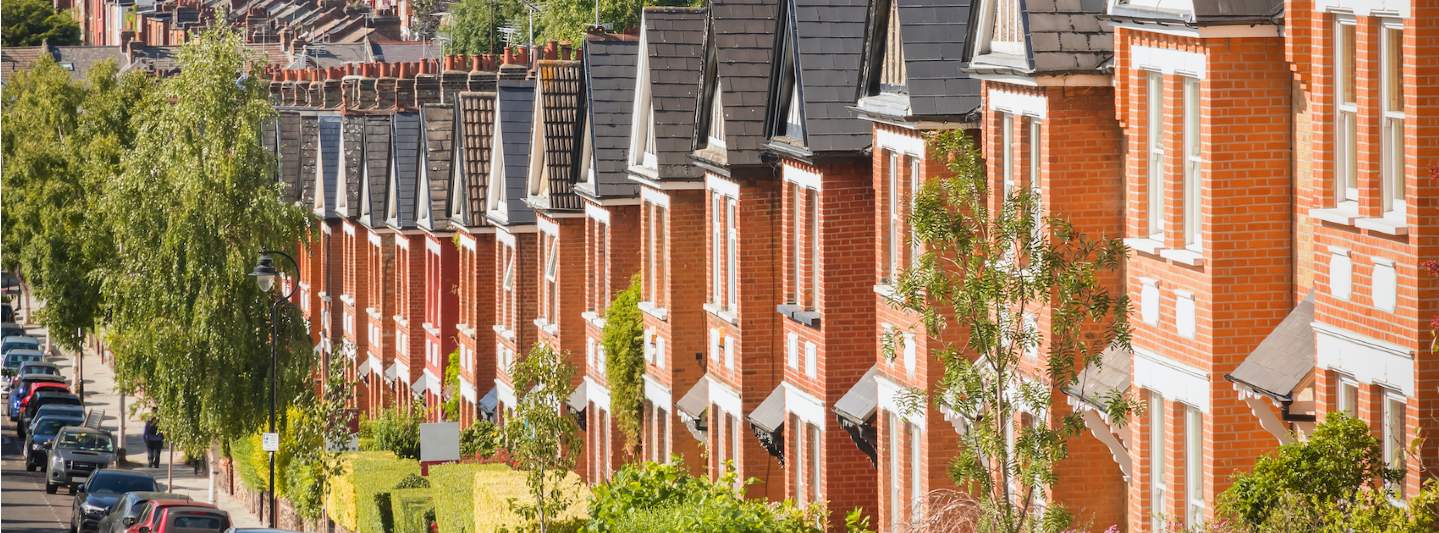Many of the measures in this week’s Budget had been leaked to the press well before the Chancellor stood at the dispatch box on Wednesday. From the housing market’s perspective, the two headline measures were the extension of the stamp duty holiday and the re-introduction of a mortgage guarantee scheme aimed at buyers struggling to raise a mortgage deposit.
The Welsh Government has not yet announced whether it will introduce a similar extension to the Land Transaction Tax (LTT) holiday while the Scottish Government has confirmed its Land and Buildings Transaction Tax (LBTT) holiday will end as planned on 1 April. However, in England the extension to the stamp duty holiday will come as a great relief to those in the process of buying a house. Many will have been worried about completing their purchase before the previous deadline of 31 March. An extension to 30 June will help this group. It will also benefit new buyers who are in a position to act quickly, but who have not yet been able to find their dream home.
As importantly, it should also encourage potential sellers to bring more much-needed stock to the market to help meet the demand from those for whom lockdown has caused a reassessment of their housing needs.
While this measure was widely trailed, a further – though somewhat less financially generous – extension of relief in the period from the end of June to the end of September came as a surprise. In this period, the tax-free threshold will be set at £250,000, much lower than the £500,000 currently in place but somewhat higher than the standard £125,000 that we expected it to revert to.
Because of the way stamp duty is calculated this will mean the maximum saving enjoyed by buyers will fall from £15,000 to £2,500 on 1 July before evaporating on 1 October. Not perhaps the phased withdrawal that some would have hoped for, but a bonus nonetheless that will be particularly welcome in the mainstream market.
Together with the extension of furlough, this further support should reduce the risk of a soft middle part of the year in the housing market when economic pressures were expected to be at their greatest. The measures will boost sentiment, support market activity and underpin house prices.
Mortgage guarantee scheme to support 95% loan to value borrowing
The second measure, the mortgage guarantee scheme, plays to the current Government’s desire to support home-ownership. It looks to address the significant challenge of raising a deposit that has faced first-time buyers, particularly since the credit crunch of 2007/08 and the much tighter lending criteria that followed.
This scheme is essentially a rehash of the Help to Buy Mortgage Guarantee scheme that operated from 2013 to 2017. If it succeeds, it will reduce prospective first-time buyers’ reliance on the Bank of Mum and Dad and Help to Buy.
It will seek to encourage lenders to offer more 95 per cent loan to value mortgages on competitive terms for property purchases at or below £600,000. However, borrowers will still need to meet the other affordability requirements of lenders, which are effectively set by mortgage regulation.
In its previous guise, the scheme supported just over 100,000 house purchases. At its peak it supported around 12 per cent of first-time buyer transactions. However, it had less traction in higher value markets where buyers hit up against limits on the amount they could borrow relative to their income. Its uptake was also some way short of the Government’s ambition.
However welcome, only time will tell how effective it is in helping people reach their first rung on the housing ladder.
Further information
Contact Lucian Cook or Lawrence Bowles

.jpg)
.jpg)

.jpg)
.jpg)
.jpg)
.jpg)
(2).jpg)

.jpg)